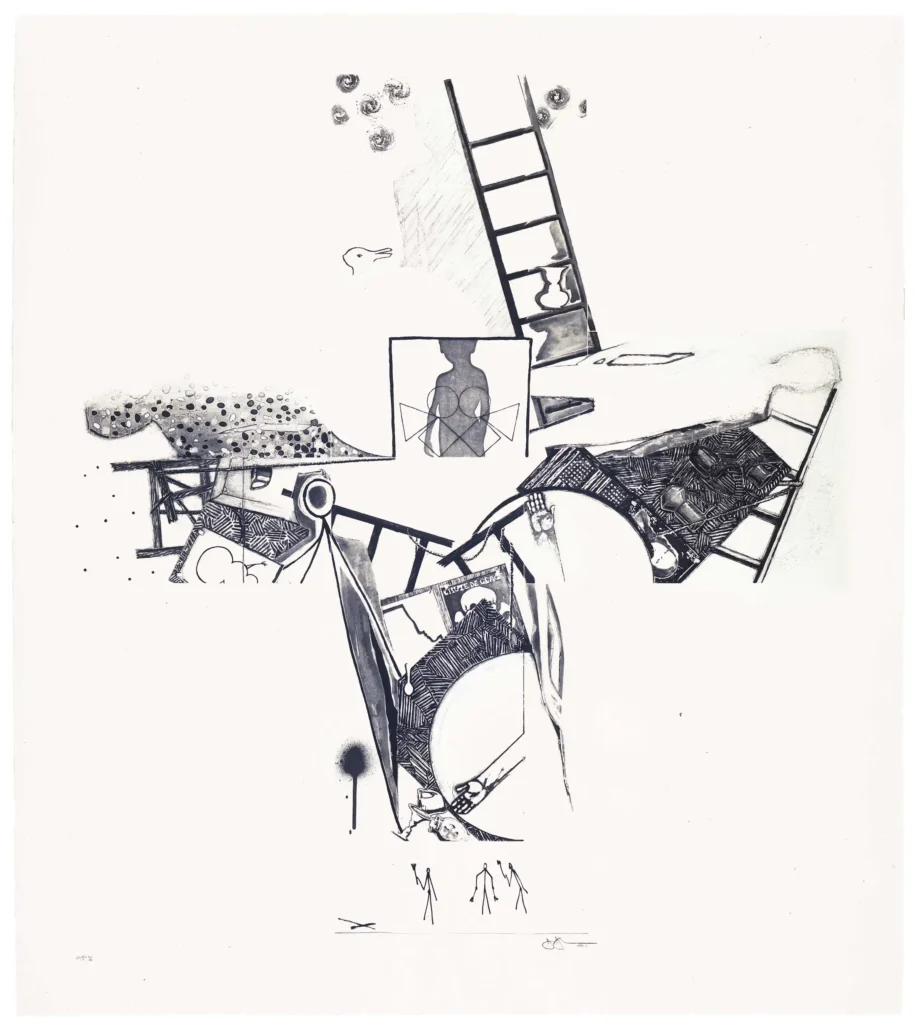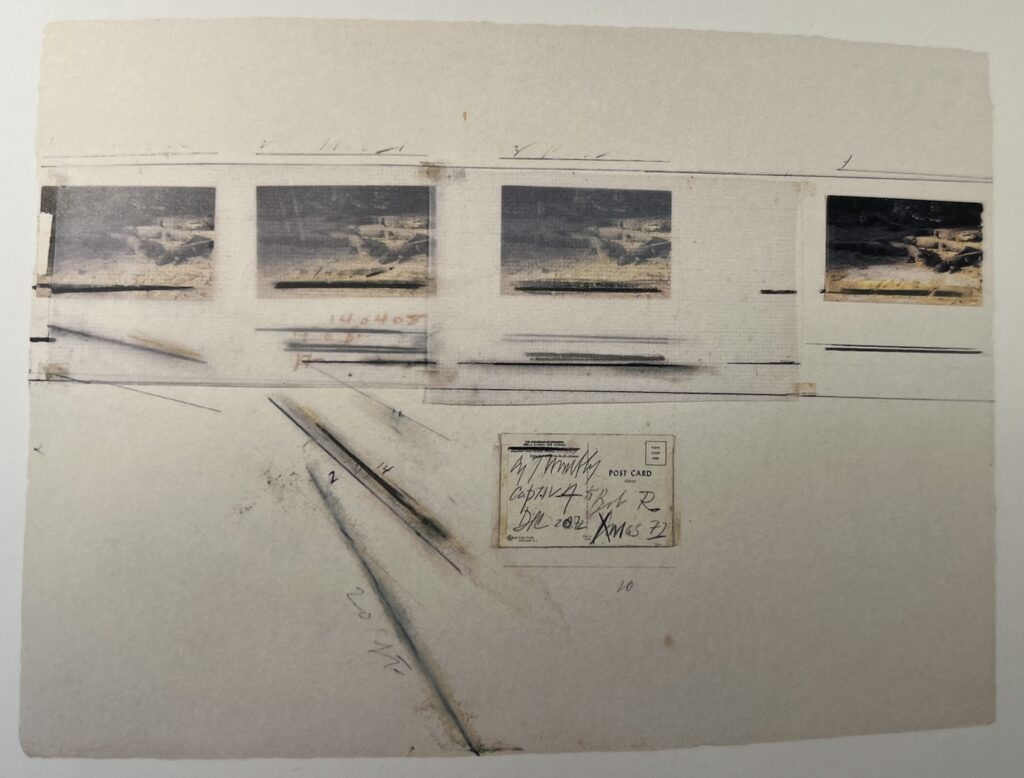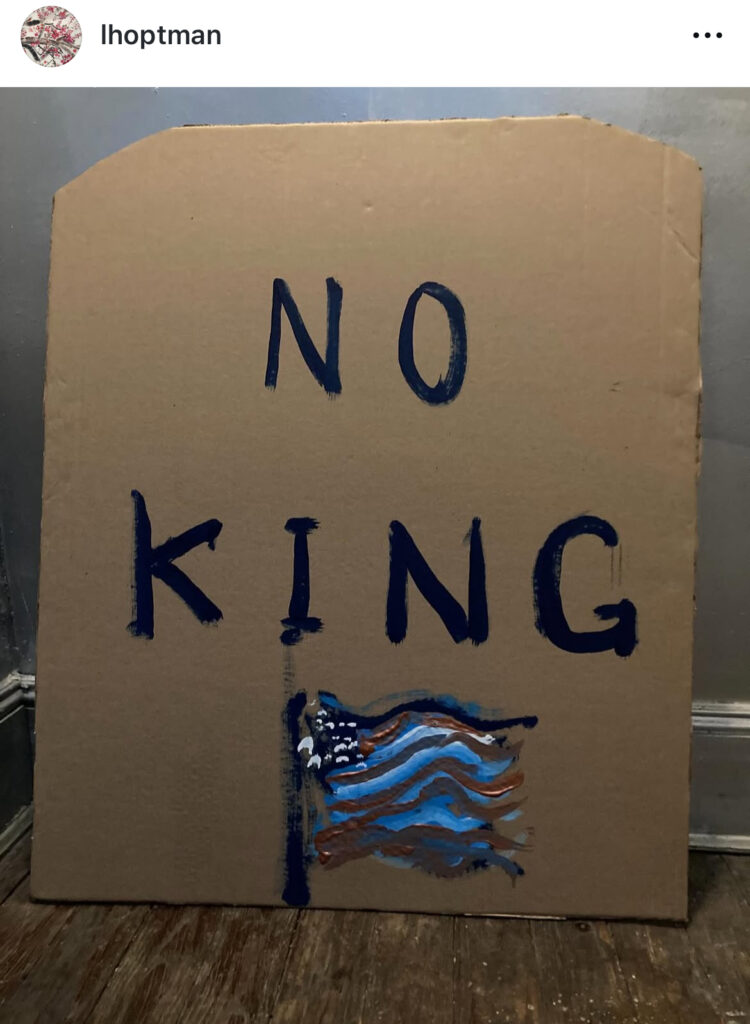
As I was thinking of ephemerality, handmade paper, and Japan, and artists who should have been asked to make an Art Kite for Lufthansa in the 1980s, who should drift into view but James Lee Byars.
And as I was looking to see if Byars ever made a kite, I stumbled upon this sculpture of lacquered bronze. It’s melon-sized, 10 x 9 inches, but only half that high, flattened, like a giant Junior Mint. In a sculptural oeuvre full of marble, gold leaf, handblown glass and giant spheres, it is not the most remarkable object.
But what a history. It has been around. It was in the collection of Robert Mapplethorpe. Then in 1989, while the AIDS crisis and rightwing attacks on the arts—and on Mapplethorpe—raged, it was sold at Christie’s by the artist’s estate. And it was acquired by the American Medical Association. What its existence was like at the AMA is a mystery. Was it in the president’s office? On a pedestal? In a nook? In a closet? What we can know, presumably, is that after a couple of decades, someone looked at this giant, bronze Junior Mint and decided the organization would rather have $10,000. So they sold it at Wright, the local auction house in Chicago—where it actually brought in $31,250. Which probably left them feeling pretty good about their decision. No word on it since.








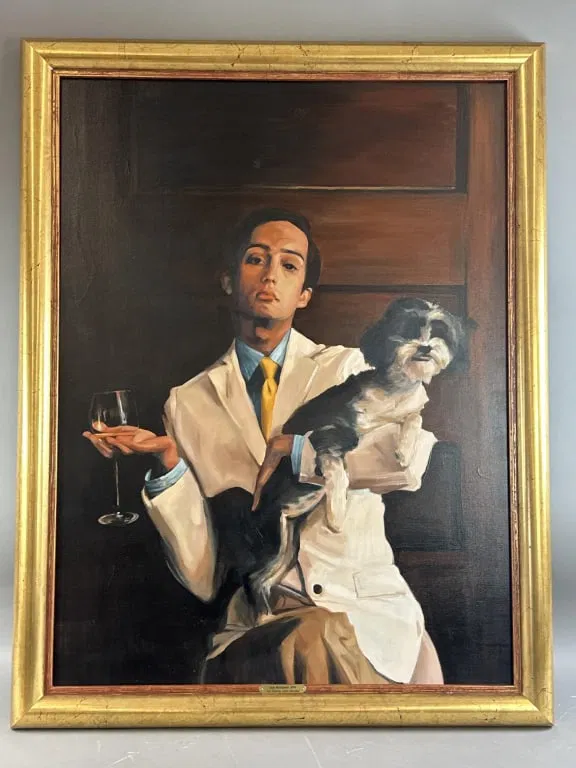
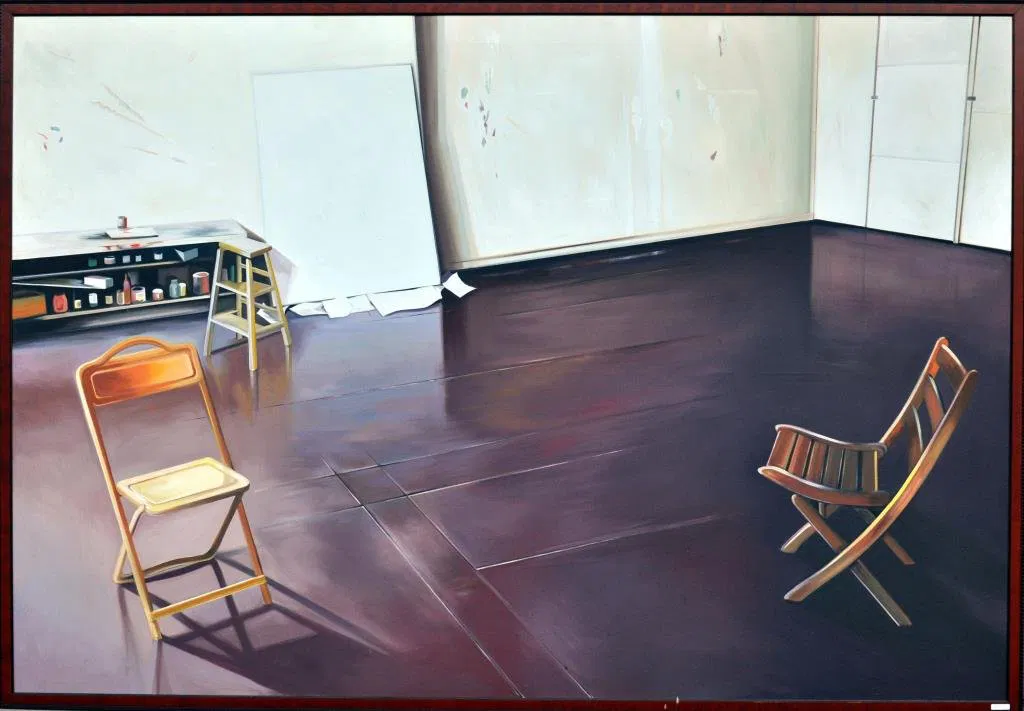

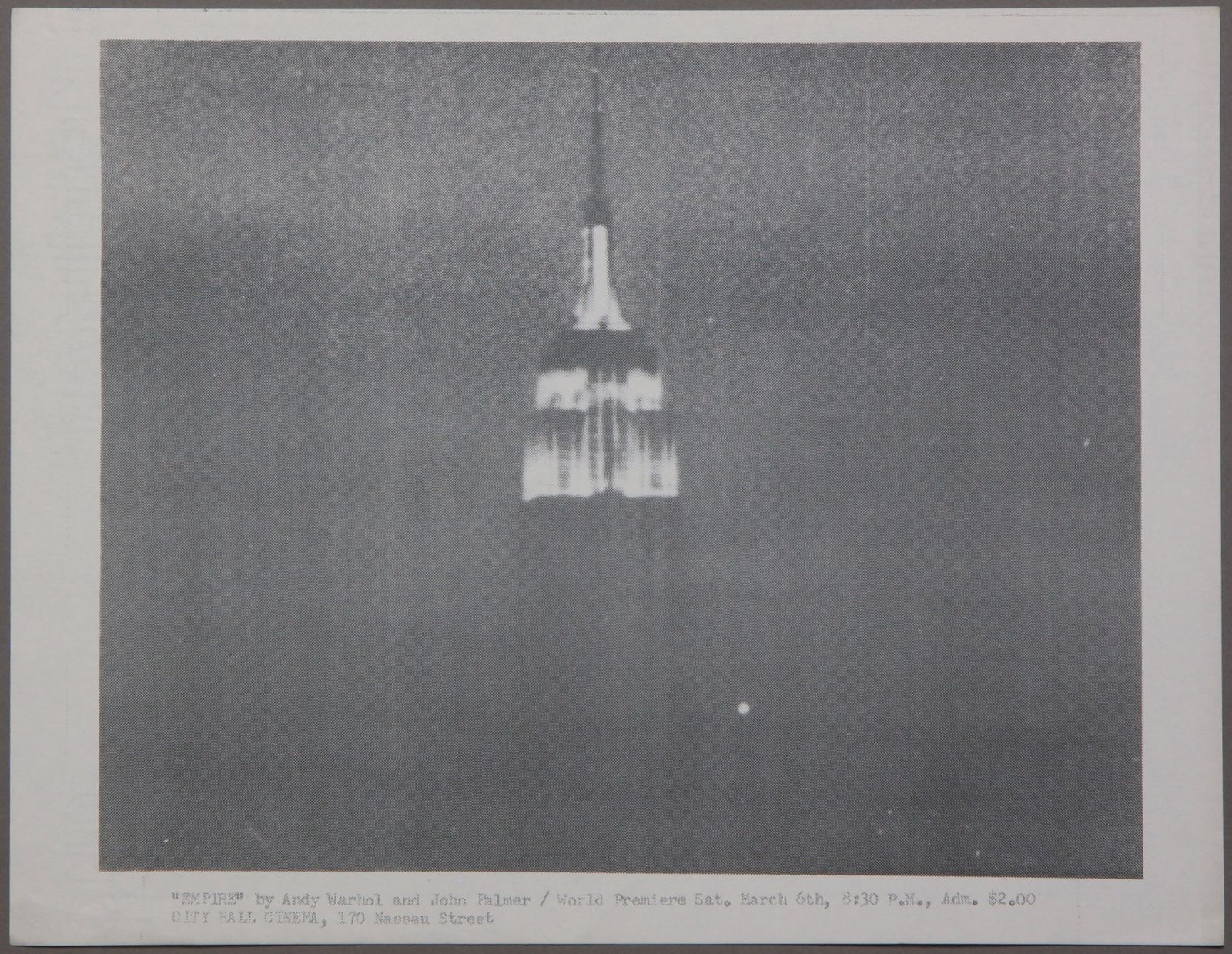
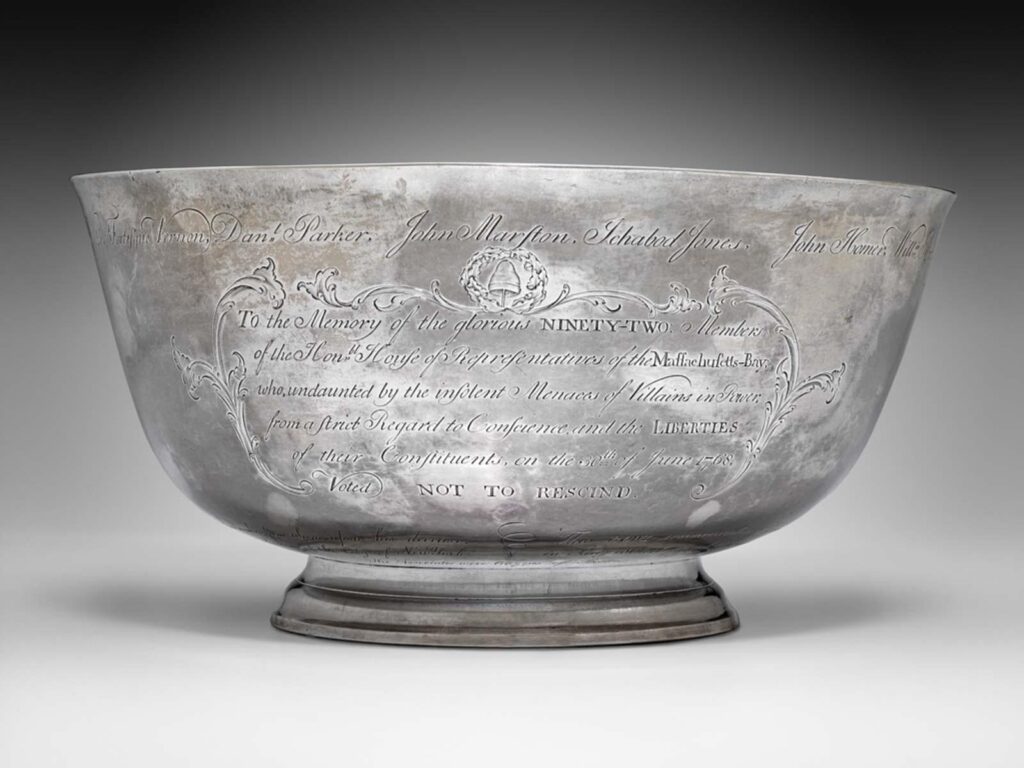

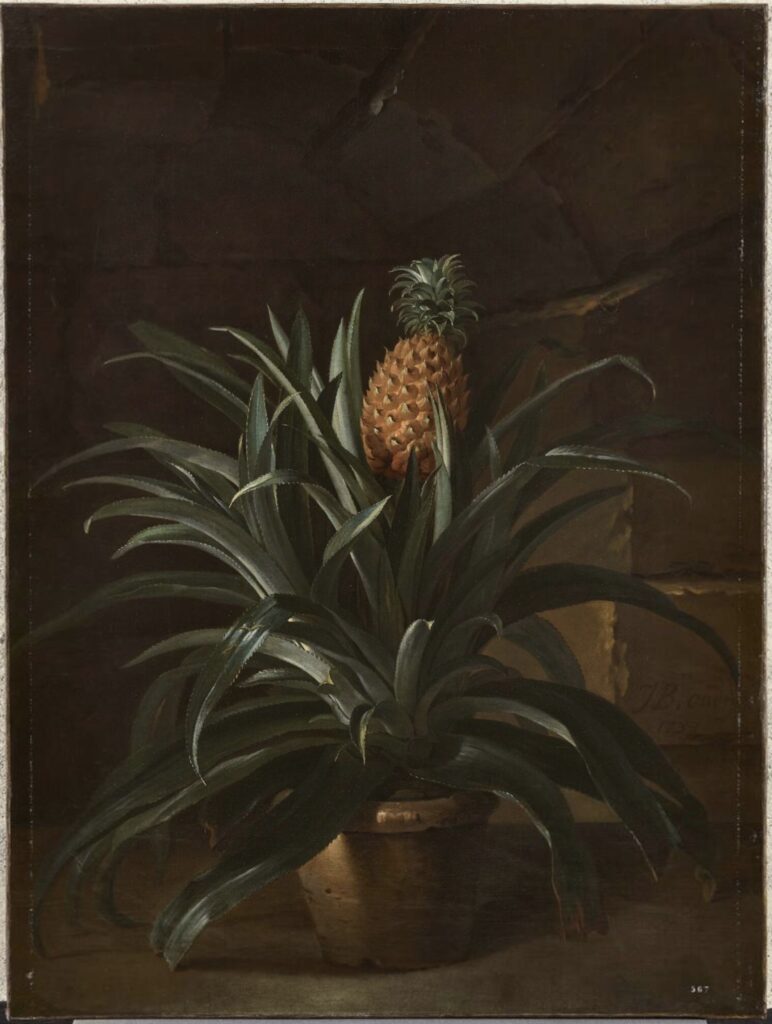
![this altered version of Caravaggio's Deposition from the Vatican Museums in Roma is a cascade of mourning figures holding or looming over the dead but still absolutely caked up body of Our Lord, with an outsized clipped version of Richard Prince's under-oath face roughly pasted onto the main figure in the center, the one who is holding Jesus, but, importantly, also looking straight at the viewer. Obviously, since this is a picture about Prince's deposition in a lawsuit, the so-called correct thing would be to paste his face on Jesus's, and in less apocalyptic times, I might have, but [looks at the world] I'm not taking that chance rn](https://greg.org/wp-content/uploads/2025/04/richard-prince-deposition-roma1-689x1024.jpeg)

